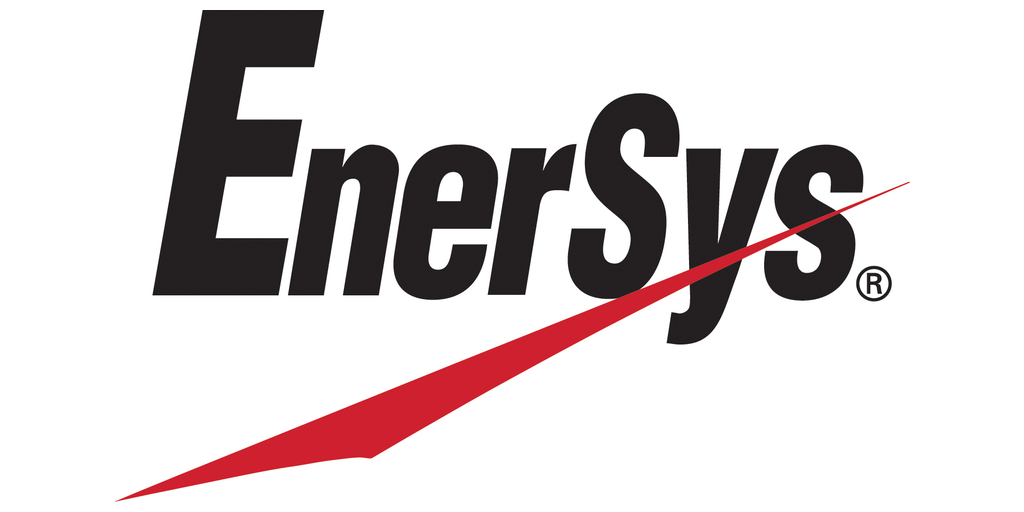Sign up for daily news updates from CleanTechnica on email. Or follow us on Google News!
The headline pretty much says it all. Sales of plug-in hybrid and electric cars accounted for more than half of all new car sales in China in July. That’s up 37 percent from the same month last year. The only other country to post those sorts of numbers is Norway, and the reason in both cases is government policies. Overall, new car sales in China were down just over 3 percent in July according to data supplied by the China Passenger Car Association and reported by Reuters.
What happened to juice EV sales in China last month? (In the EV category, we include plug-in hybrids, which are hugely popular in China and are included in the Chinese government’s definition of “new energy vehicles.”) The news is not all about Chinese drivers suddenly wanting electric and plug-in hybrid cars. Sales of cars with plugs also surged in June, and those who follow our exclusive, in-depth monthly reports on EV sales in China know this has been a long-growing trends. However, some things did change in July.
Weakness in the auto market prompted China’s state planning agency to announce in late July that cash subsidies for vehicle purchases would be doubled — up to 20,000 yuan ($2,785) per purchase — and would be retroactive to April when the subsidies were first introduced. In addition, some cities with curbs on car purchases decided to relax those restrictions. For instance, Beijing announced last month it would expand its NEV license quota by 20,000. That marked the first time the quota was eased since a strict quota system was put in place in 2011 to ease traffic congestion and improve air quality.
Reuters noted that some major EV brands in China set sales records in July, including BYD and Li Auto. The surge is in stark contrast to the US, where EVs and hybrids accounted for just 18% of car sales in the first quarter of 2024, with California leading all other US states with just over a quarter of all new cars sold in the Golden State last month being fully battery electric. Although pure electric cars are still gaining ground in the US, some automakers have shifted their attention to hybrids and are rethinking their targets for transitioning to all-EV lineups.
The Plug-In Hybrid Is A Hit In China
China Daily has some insights into why plug-in hybrids are so popular in China. It says from January to June of this year, sales of plug-in hybrids from all carmakers totaled 1.82 million units in China, up 85.2 percent year-on-year according to the China Association of Automobile Manufacturers. In the same period, BEV sales grew only 11.6 percent, although they still dominated at 3.02 million units sold.
Their popularity has sped up carmakers’ efforts to improve the technology. In late May, BYD, which is the world’s largest NEV (new energy vehicle) maker, released its fifth-generation plug-in hybrid technology, DM-i. The technology enables its vehicles to lead globally in a series of key indicators, said BYD Chairman Wang Chuanfu. For instance, its engine thermal efficiency reaches 46.06 percent, fuel consumption is a miserly 2.9 liters per 100 kilometers without electric power, and the driving range can be as much as 2,100 km. BYD launched two new plug-in hybrid models in May of this year — the Qin L DM-i and the Seal 06 DM-i.
Data from market intelligence provider TrendForce show that 3.91 million plug-in hybrids were sold globally in 2023. Five out of the top 10 best selling makers were Chinese. Combined, they seized an 82.2 percent market share, with BYD alone accounting for 33.8 percent.
Yao Chunde, a professor at the State Key Laboratory of Engines at Tianjin University, said Chinese carmakers’ leadership in plug-in hybrids is the result of their understanding of the requirements of local car buyers, as not many of them have easy access to charging facilities. Due to their expertise in the technology, Chinese carmakers are being wooed by overseas brands, which Yao said was “unimaginable” in the past.
Volkswagen and General Motors will use SAIC’s plug-in hybrid technology in their models for the Chinese market, said Lu Yong, a deputy research and development chief at the Chinese carmaker when it unveiled its latest technology brand DMH in May. SAIC has partnerships with both Volkswagen and GM. In past decades, the norm was for Chinese carmakers including SAIC to introduce new technology into China from their overseas partners. Now the exchange of technology is flowing in the opposite direction. General Motors has said it plans to introduce more plug-in hybrid models in the US in the next few years.
“European carmakers excel in conventional internal combustion engine technology, so they are reluctant to shift the focus of their work to plug-in hybrids. They favor our technology because ours is really advanced in the sector and also because they themselves don’t have their own,” said Lu. In a recent test in April, SAIC’s Roewe D7 DMH sedan drove a total of 1,962 km while consuming just 2.8 liters of gasoline per 100 km.
Big technological improvements in plug-in hybrid powertrains are expected to be realized within three years in all five major sectors including the engine, transmission and batteries, said Lu. Cui Dongshu, secretary general of the China Passenger Car Association, said plug-in hybrids will “definitely” lure more car buyers away from conventional gasoline-powered vehicles because of their lower fuel consumption,
Ouyang Minggao, an academician of the Chinese Academy of Sciences, agreed, adding that this trend will start in the compact vehicle market and then move to other segments. “The rising spiral of plug-in hybrid popularity will not change before 2030, until pure electric vehicles reemerge as the predominant NEV choice for car buyers at around 2035.”
The Takeaway
The news from China is good but nuanced. Parking in many Chinese cities is fiercely competitive and many cities only permit “new energy vehicles” to be awarded license plates. Buyers of conventional cars can wait up to a year or more to get permission to register a new car, which makes you wonder why anyone would buy one no matter how cheap they are.
Plug-in hybrids are looked down upon by many in the US, and there are lots of reasons to do so, but in truth, many PHEV models sold in North America have very limited battery range. Plug-in hybrids in China often have a battery-only range of 80 to 100 miles, or more. Those cars can often meet the needs of a typical driver without ever calling on the gasoline engine for assistance. Yes, it seems silly to have two powertrains when one should do, but the bugaboo of range anxiety is powerful. Lots of drivers would rather know they will never be caught far from home with a depleted battery than think about the logical consequences of having both a gasoline engine and an electric motor.
Perhaps plug-in hybrids really are a bridge to all-electric driving for many folks. If they help get people used to plugging in at the end of the day, maybe we should celebrate that fact.
Have a tip for CleanTechnica? Want to advertise? Want to suggest a guest for our CleanTech Talk podcast? Contact us here.
Latest CleanTechnica.TV Videos
CleanTechnica uses affiliate links. See our policy here.
CleanTechnica’s Comment Policy




